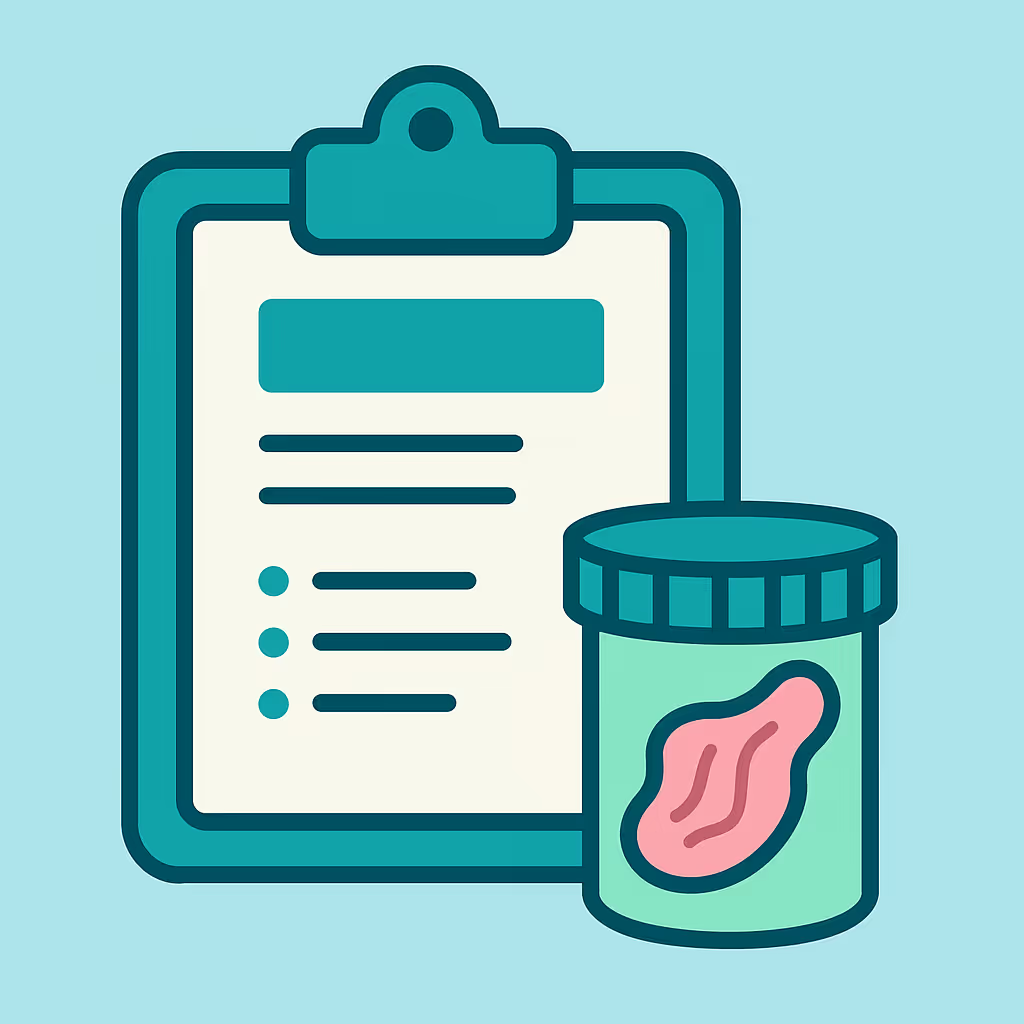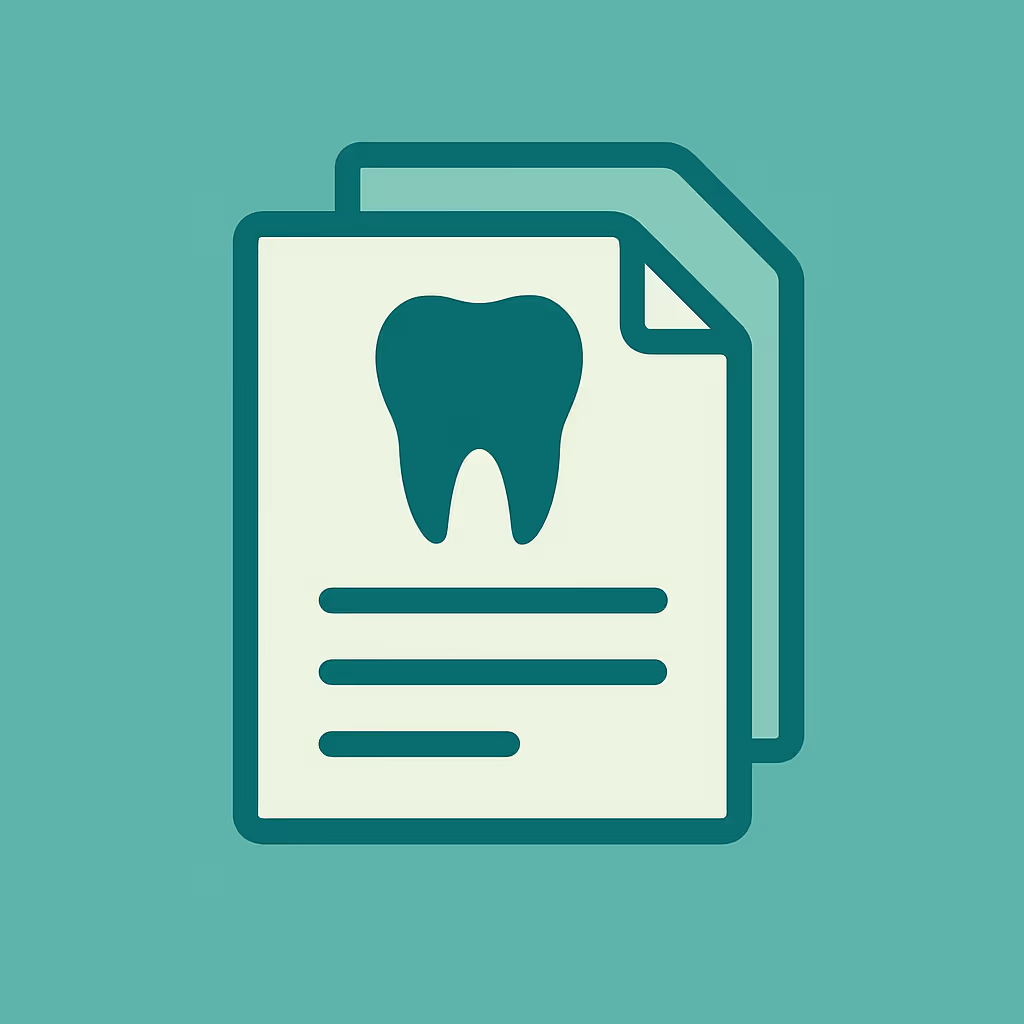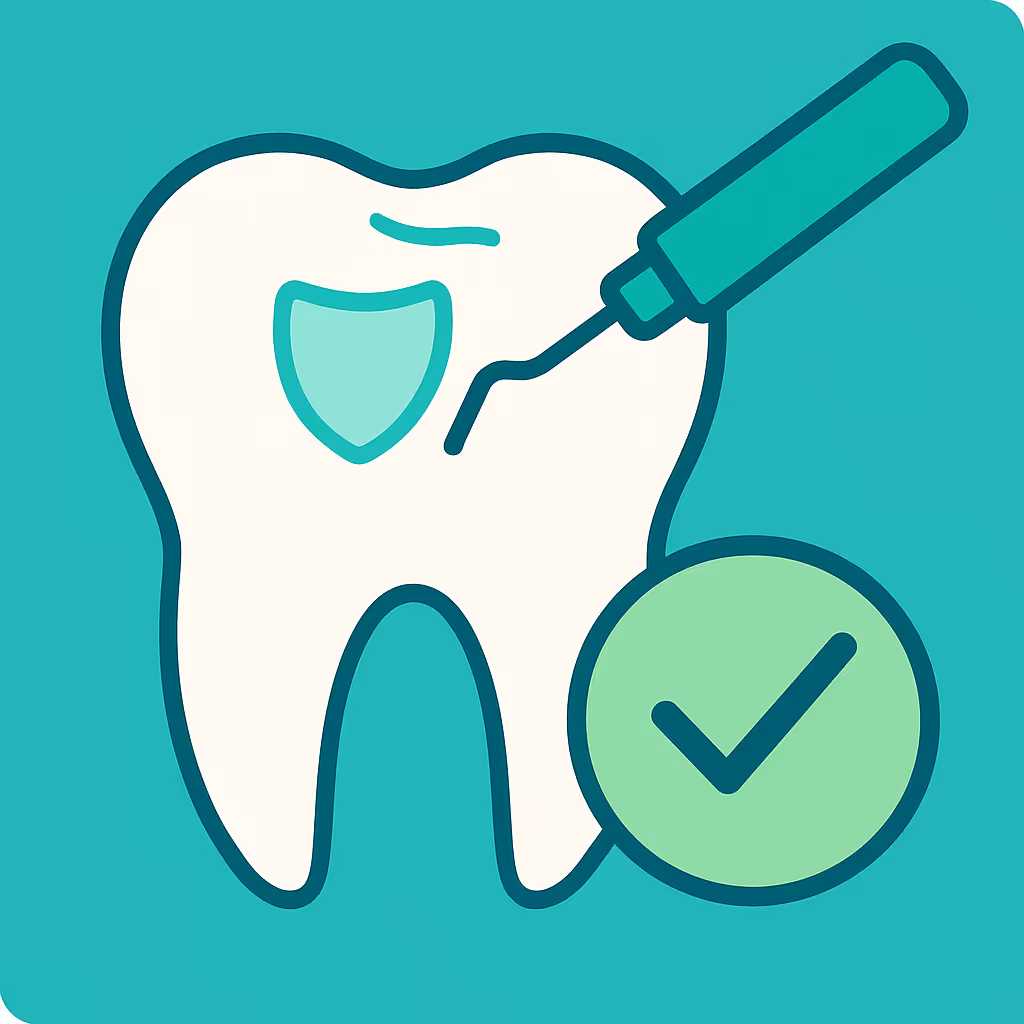Understanding Dental Code D0145
When to Use D0145 dental code
The D0145 dental code is specifically designed for oral evaluations of patients under three years of age, coupled with counseling for their primary caregiver. This code should be used during a child’s first dental visit, which is often referred to as the “well-baby” dental check. It is not a substitute for a comprehensive or periodic oral evaluation (such as D0150 or D0120), but rather addresses the unique needs of infants and toddlers. Use D0145 when the visit includes both an examination of the child’s oral health and a significant educational component for the caregiver regarding oral hygiene, diet, and caries prevention.
Documentation and Clinical Scenarios
Proper documentation is essential for accurate billing and insurance reimbursement. When using D0145, ensure your clinical notes clearly reflect:
- The patient’s age (must be under three years old).
- Details of the oral evaluation performed (e.g., visual examination of teeth, gums, and oral tissues).
- Specific counseling topics discussed with the caregiver, such as brushing techniques, fluoride use, dietary habits, and anticipatory guidance.
- Any risk assessment for early childhood caries.
Common scenarios for D0145 include first dental visits for infants, children with high caries risk, or children referred by pediatricians for oral health evaluation. Always ensure your documentation supports both the evaluation and the counseling components.
Insurance Billing Tips
To maximize reimbursement and minimize claim denials for D0145:
- Verify patient eligibility with the insurance plan prior to the appointment, confirming coverage for D0145 and any frequency limitations.
- Submit detailed clinical notes with the claim, emphasizing the counseling provided to the caregiver and the patient’s age.
- Use accurate CDT codes for any additional services rendered during the same visit, such as fluoride application (D1206 or D1208), but avoid unbundling services that are part of the D0145 evaluation.
- Review EOBs (Explanation of Benefits) promptly and be prepared to appeal denied claims with supporting documentation if necessary.
Many payers recognize the importance of early childhood oral health, but coverage policies may vary. Staying proactive with verification and documentation is key to successful billing.
Example Case for D0145
Case: A 2-year-old child presents for their first dental visit. The dentist performs a visual exam of the teeth and gums, noting early signs of enamel decalcification. The dentist spends time with the parent discussing proper brushing with a smear of fluoride toothpaste, the importance of limiting sugary snacks, and scheduling regular visits. The visit is documented thoroughly, highlighting both the clinical findings and the counseling provided.
Billing: The dental office submits a claim for D0145, attaching clinical notes that detail the evaluation and counseling. The claim is processed and paid because the documentation clearly supports the use of D0145 for a patient under three years old with caregiver counseling.
By understanding when and how to use D0145, dental teams can ensure young patients receive the best start to lifelong oral health while maintaining efficient revenue cycle management.





